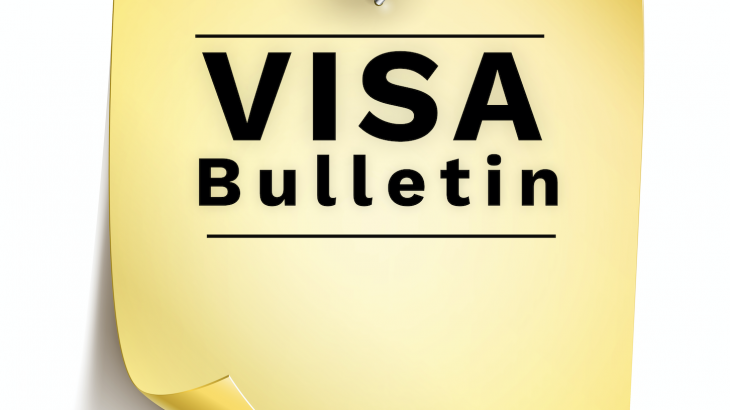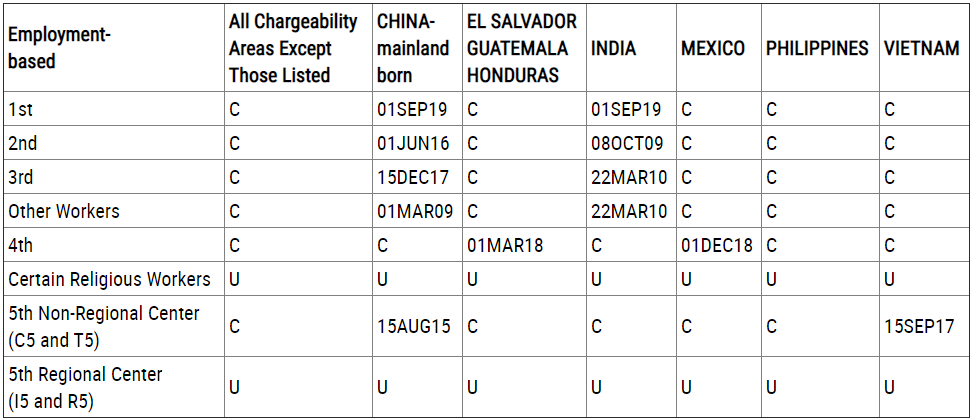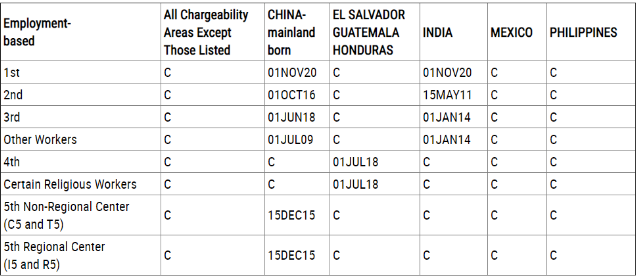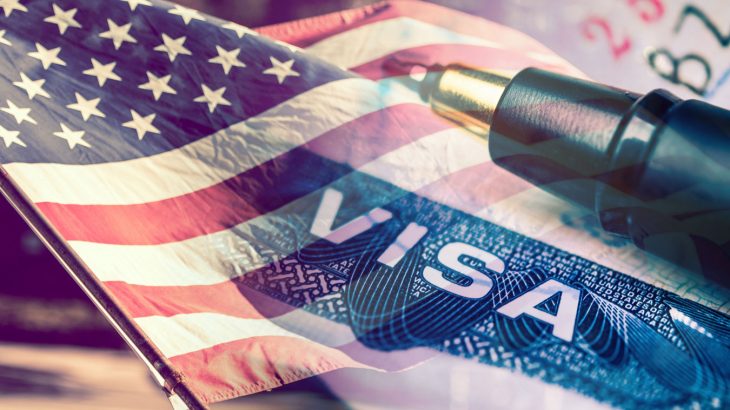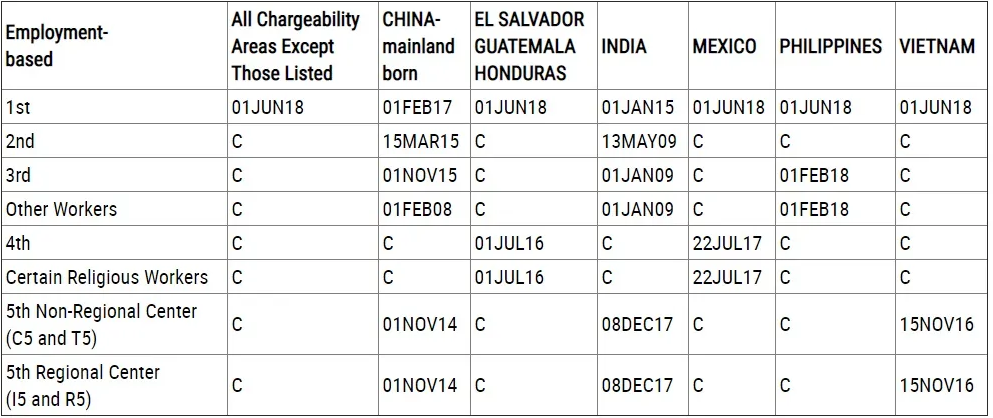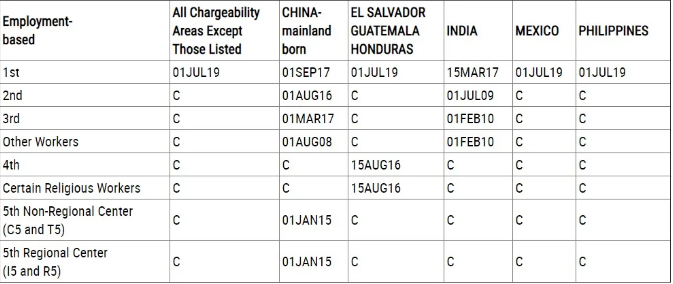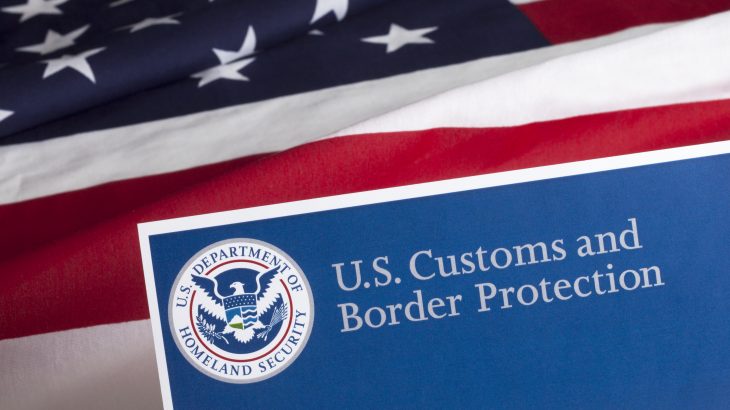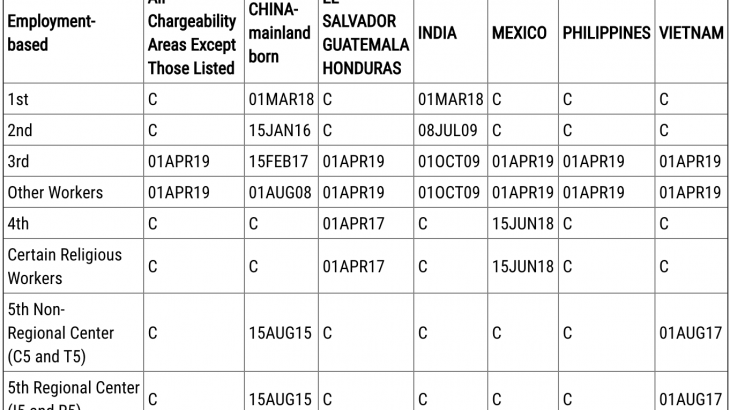By David Cantor
Throughout the span of four-years, the United States immigration framework has faced unprecedented times. The main governing entities – the United States Citizenship and Immigration Services (USCIS) and Department of State (DoS) – have made distinctive regulatory changes in order to carry out various, larger policy-oriented goals, namely rooted in national security and economic concerns.
Overall, it has been challenging times for many US visa holders and prospective applicants across visa categories to plan, as well as determine the path of least resistance based on your priorities and goals.
Despite the seemingly endless challenges and uncertainties we have faced, there seems to be one US immigration pathway that has proven both reliable and promising for qualified applicants – merit-based visa categories.
In essence, applicants that qualify will be receiving a US visa based on their own qualifications and achievements. While it helps, you do not need to have won the Nobel Peace prize – rather, you should consider this if you have specific professional experiences that seem novel and unique.
There is also no limit on the “type of profession” – and at Davies & Associates we have represented a diverse range of clients, including but not limited to: Foreign Medical Professionals (i.e. doctors, nurses, researchers), Academics and Professors, Business Executives and Entrepreneurs, Artists, Engineers, and much more.
Generally, you should be considering a merit-based visa category if you are able to provide some of the following:
- Publications & citations of your work;
- Proof that you have been recognized for your work (i.e. awards);
- Evidence that you have achieved a higher-level degree and that you are established in your respective profession;
- Notable letters of recommendation from others in your industry attesting for your qualifications;
- Membership of relevant associations, boards and professional organizations related to your work;
- And other core documentary proof demonstrating that you’ve risen to a certain level of expertise in your field.
Now, these are really general terms for what you should be considering for merit-based visa categories, and obviously there is a lot more due-diligence and work that goes into a prospective application. If you believe you may qualify, we would be glad to provide a more detailed consultation, and request that you complete one of our merit-based questionnaires.
For those that do qualify – merit-based visa categories present numerous advantages. To begin with, you are essentially being granted a visa based on your own achievements and expertise.
Some visa categories do not even require you to have a job-offer or an employer sponsor in the United States, so you are actually petitioning yourself (read more about the National Interest Waiver program). Moreover, with a sound immigration strategy many of merit-based visa categories will lead to permanent residence and a Green Card.
How do I know if I qualify for a Merit-Based Visa?
At Davies & Associates our expert team of legal specialists will provide a thorough review to determine your initial eligibility. We would first review your professional portfolio (i.e. CV/resume) and request that you complete our detailed merit-based questionnaire (please send an email to [email protected])
What are the Merit-Based Visa Categories?
Merit-based visas can be broken down into two main categories: non-immigrant and immigrant. Generally speaking, Non-Immigrant visas are temporary and permit a candidate to live and work in the United States, while Immigrant-based visas lead to permanent residency (Green Card). Oftentimes, depending on the objectives and specific criteria of our clients we will combine visas and present an overall immigration strategy. Some of the most common visa categories include and is not limited to: L-1 / P-1 / O-1 / J-1 / H-1B / EB-1 / EB-2 / NIW.
How long does it take to get a Green Card?
The processing times for building a merit-based visa application will depend on several factors: visa category, specifics of the client’s case, current processing times, and more. Generally speaking, the merit-based visa categories have received favorable and current processing times when compared to other visa categories as a result of the current administration policies. While processing times are subject to change, many of our clients were able to obtain their visas within 9-12 months from respective US consulates.
What type of professionals will qualify for merit-based visas?
As mentioned above, there is no limitation to the “type of professional” that may qualify. You can be a successful businessman, inventor, entrepreneur, medical professional, actuary, physical therapist, TV or Social Media personality, acclaimed artist, software or aeronautical engineer.
The important question is whether you have the credentials to qualify, regardless of the type of professional you are. In general, the more you can demonstrate that you are established and recognized in your respective career the stronger viability you may have for filing. The criteria for qualifying is very specific – so our team of experts will evaluate specific requirements (i.e. # of publications/citations, awards, membership on professional organizations and boards, etc.).
What is the visa process for merit-based visa applications?
Please read our previous article about this HERE.
I believe I qualify for a Merit-Based Visa – what are the next steps?
Contact us today and we will be glad to provide a tailored-consultation: [email protected]
This article is published for clients, friends and other interested visitors for information purposes only. The contents of the article do not constitute legal advice and do not necessarily reflect the opinions of Davies & Associates or any of its attorneys, staff or clients. External links are not an endorsement of the content.



























